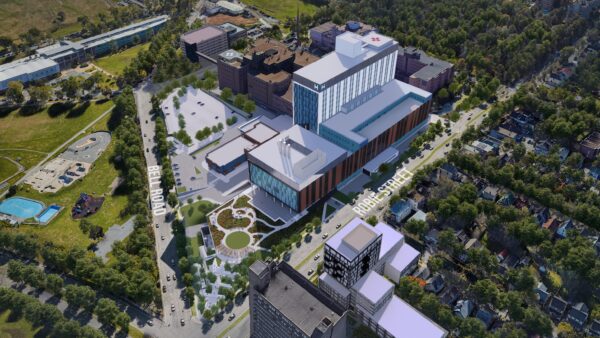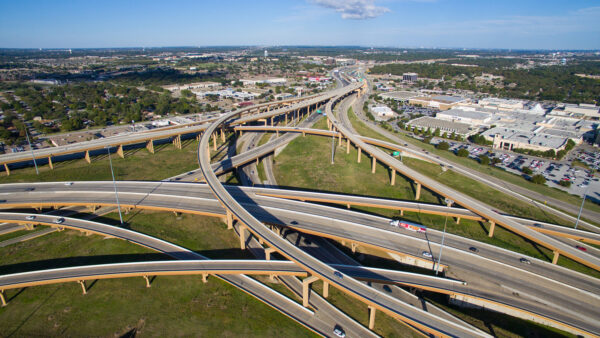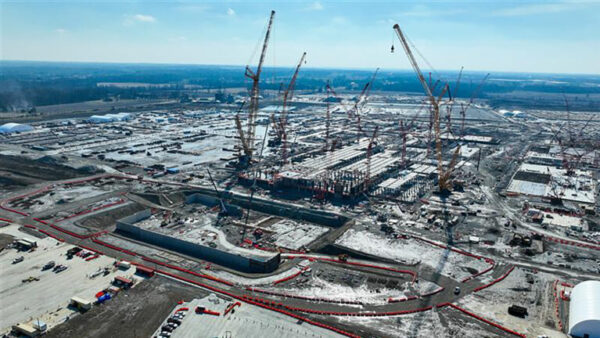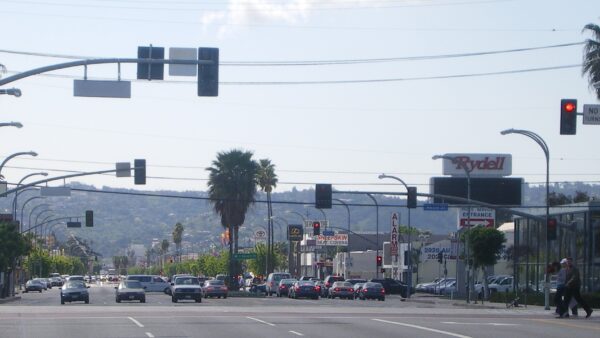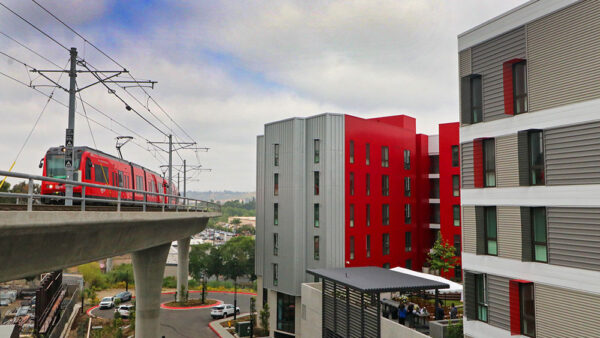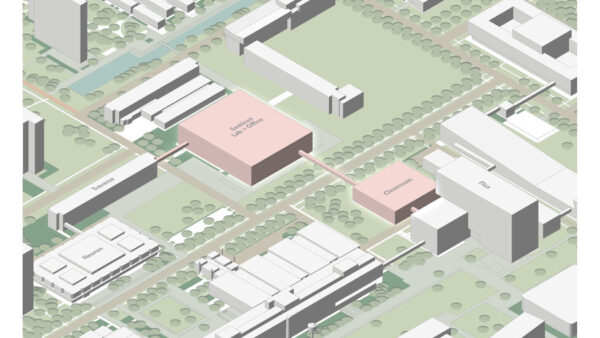A unique scan of Notre Dame cathedral carried out by a concerned American art history professor could help with its reconstruction following yesterday’s devastating fire, heritage specialists have said.
The late professor Andrew Tallon of Vassar College in New York used a tripod-mounted Leica Geosystems laser scanner to scan the building in 2010, as part of his work as a co-founder and director of the US-based charity, the Friends of Notre Dame.
Using over a billion points of data from more than 50 scans – each data point precise to within 5mm, Tallon maintained – the spatial map of the building was created by graphic designer Laurence Stefanon, and tells the story of the construction and reconstruction of Notre-Dame over the past 850 years.Â
Watch a video of Professor Andrew Tallon talking to National Geographic about his work laser scanning cathedrals below.
Tallon, who died aged 49 in November last year, had scanned other famous Medieval churches, and was particularly concerned by the deteriorating condition of Notre Dame, telling Time magazine in 2017 that the structure was at risk without urgent restoration work.
Tallon’s colleague, Vassar professor Lindsay Cook, told ZDNet: “The data is ample. There are certain images that have been created, but there are all kinds of other ways you can put it together and create new renderings. The raw material is there for future renderings.”Â
Notre Dame was undergoing renovation work to fix cracks that had appeared in the stone when the fire broke out, however a cause of the blaze is not yet clear.
The Paris prosecutor’s office said it had opened an inquiry into “accidental destruction by fire”.
Image: Notre Dame in flames, 15 April 2019 (Castellbo /CC BY-SA 4.0)





